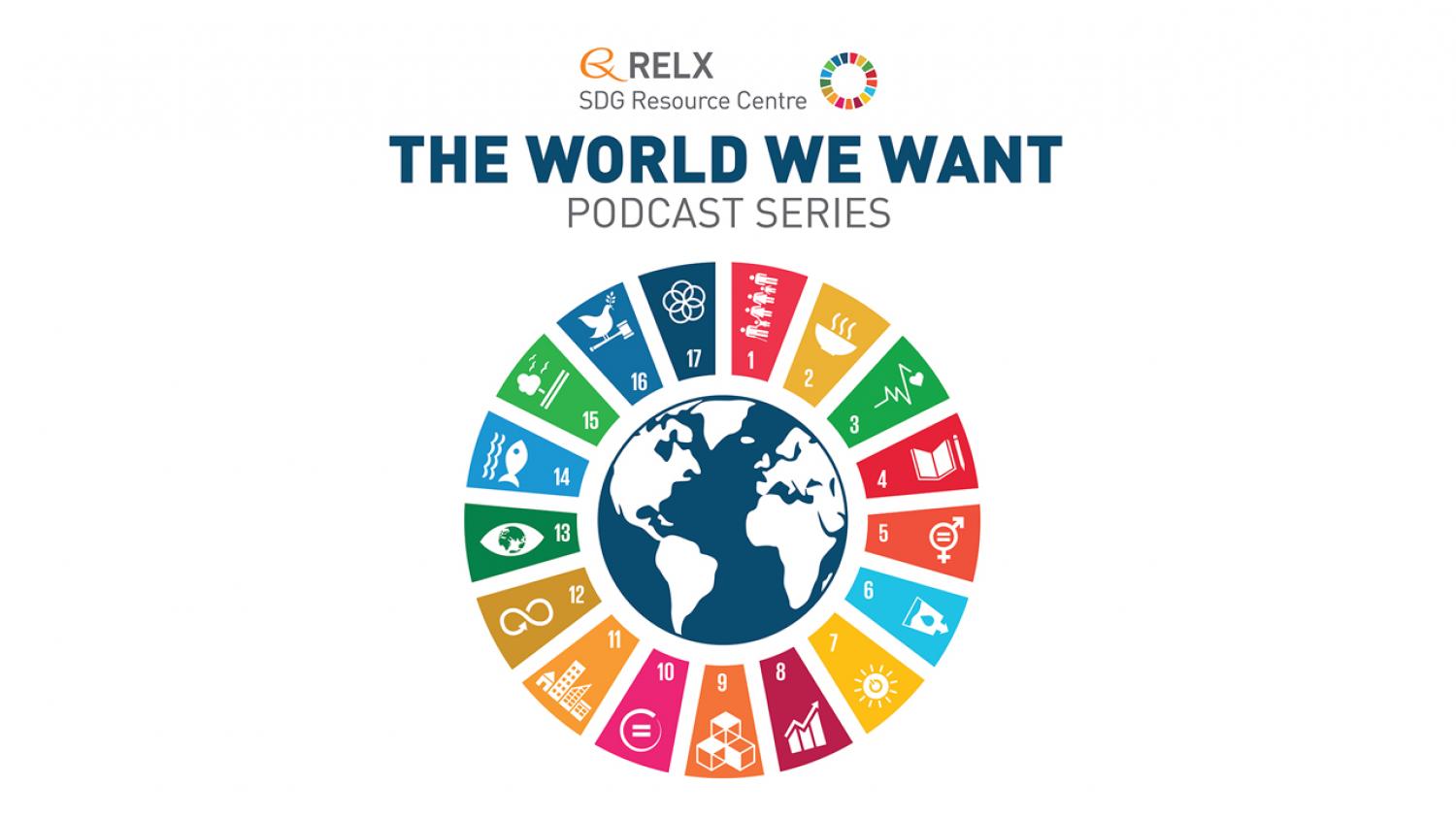Technology plays a central role in achieving the Sustainable Development Goals (SDGs), particularly SDG 9 (Industry, Innovation, and Infrastructure), SDG 4 (Quality Education), SDG 3 (Good Health and Well-being), and SDG 13 (Climate Action). The transformative power of technology can accelerate progress towards all the SDGs by driving economic growth, reducing inequalities, enhancing access to basic services, and promoting sustainability.
Under SDG 9, technology, particularly in terms of Information and Communication Technology (ICT), is a key enabler of industrial innovation and infrastructure development. ICT has the potential to drive economic growth by enhancing productivity, creating jobs, and fostering entrepreneurship. Moreover, it can contribute to making industries more sustainable by facilitating the transition towards smart manufacturing and circular economy models.
Regarding SDG 4, technology can greatly enhance access to quality education. Digital technologies, including e-learning platforms, can break down barriers to education, such as geographical distance, socio-economic status, and physical disabilities. They can also enrich the learning process by enabling personalized, student-centered learning experiences.
In the context of SDG 3, technology has a profound impact on health outcomes. Medical technologies, from simple devices like thermometers to complex systems like MRI machines, have revolutionized healthcare delivery. Furthermore, digital health technologies, such as telemedicine and mobile health apps, can enhance access to health services, improve patient outcomes, and reduce healthcare costs.
For SDG 13, technology offers powerful tools for mitigating and adapting to climate change. Renewable energy technologies can help to reduce greenhouse gas emissions, while climate information services can enhance resilience to climate impacts. Furthermore, digital technologies can facilitate the monitoring and reporting of climate actions, contributing to greater transparency and accountability.
However, the benefits of technology are not automatic, and there are significant challenges to overcome, including the digital divide, cybersecurity threats, and ethical issues related to privacy and data ownership. Thus, policy interventions and multi-stakeholder partnerships are needed to ensure that technology serves as a catalyst for sustainable development and does not exacerbate inequalities.
Renewable electricity can facilitate climate change mitigation in the buildings, industry and transport sector via direct electrification or indirect electrification, that is, converting electricity to hydrogen-based fuels. While direct electrification is generally energy efficient, indirect electrification can partially build upon existing applications and infrastructure. However, their roles and relative importance have not been well researched in mitigation scenarios. Here, we derive plausible ranges for both strategies based on EU climate neutrality scenarios using the REMIND model.
Recent scholarly endeavors in the domain of Cyber Intelligence have unveiled its multifaceted implications, intricately interwoven with various Sustainable Development Goals (SDGs), notably encompassing Goal 9 (Industry, Innovation, and Infrastructure), Goal 11 (Sustainable Cities and Communities), Goal 16 (Peace, Justice and Strong Institutions), among others.
S.C. Onwubu, Z. Obiechefu, T.H. Mokhothu, Ajay Kumar Mishra, 17 - The environmental sustainability of biowaste in bioplastic production, Editor(s): Ajay Kumar Mishra, Chaudhery Mustansar Hussain, Bioplastics for Sustainability, Elsevier, 2024, Pages 407-428, ISBN 9780323951999
The integration of comprehensive digital twins in laboratory environments heralds a paradigm shift, enabling a level of automation and data management previously unattainable. This integration promises to enhance the efficiency and scope of self-driving laboratories and pave the way for creating a general “artificial intelligence (AI) scientist” with universal capabilities.

